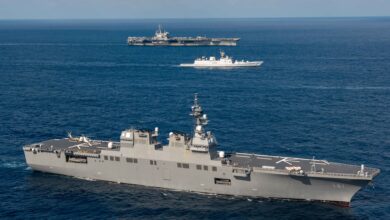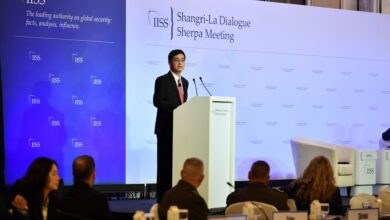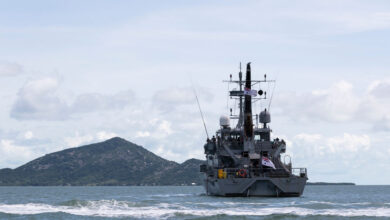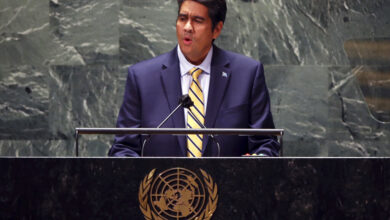Vietnam ports may see increased U.S. Navy visits
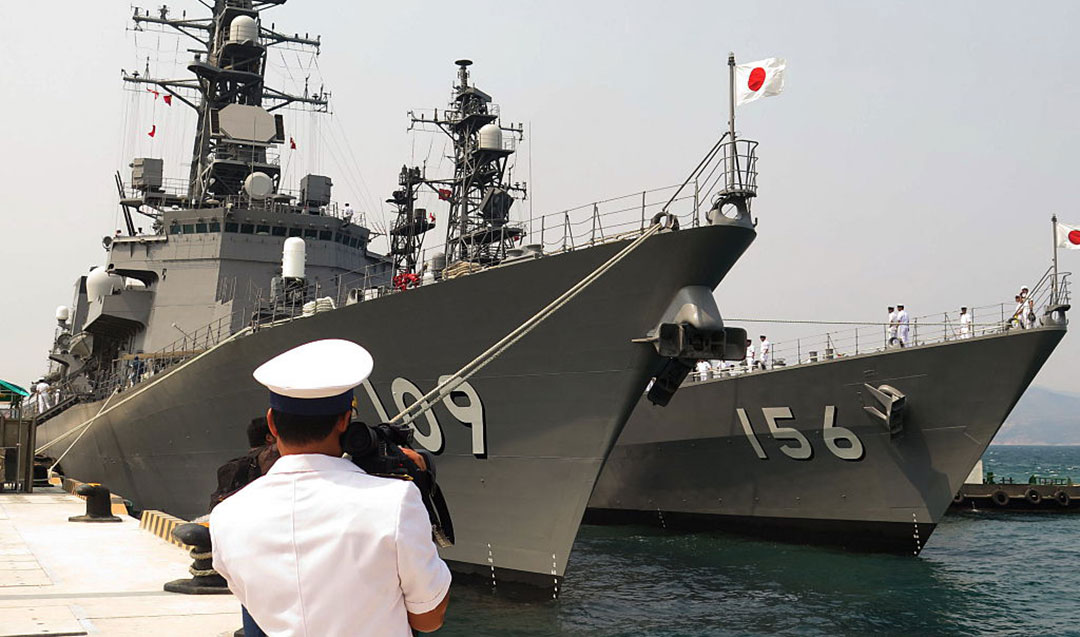
Joseph Hammond
Vietnam’s growing concerns over tension in the South China Sea may soon result in increased U.S. naval visits to Cam Ranh Bay in the country’s southeast, marking a reversal of decades of policy, a defense expert contends.
Just six U.S. Navy vessels have visited Cam Ranh Bay over the past decade.
If Vietnam were to allow the U.S. Navy to operate out of the bay, the United States “would have prime real estate from which to challenge China in both the Paracel and Spratly islands,” Derek Grossman, senior defense analyst at Rand Corp., told FORUM. “Cam Ranh Bay is closer in proximity than are any of the bases in the Philippines.”
Along with Manila Bay, the port is considered one of the great natural harbors in Southeast Asia. During the Vietnam War of the 1960s and 1970s, a U.S. Navy base and a U.S. Air Force base were located in Cam Ranh Bay. The U.S. vacated the bay in 1972. The port was home to a Soviet Pacific fleet beginning in 1980 and later used as a Russian submarine base and listening post until 2002. Today, it is home to the 4th Regional Command of the Vietnam People’s Navy.
In 2009, then-Prime Minister Nguyen Tan Dung declared the port’s commercial facilities open to foreign navies, with the U.S. the first country to visit.
“As part of this strategy, Vietnam has invited the U.S. along with other foreign navies, including Australia, Japan and India, to make port calls at Cam Ranh Bay,” Grossman said. (Pictured: Japan Maritime Self-Defense Force guided-missile destroyers JS Ariake and JS Setogiri pay a port call at Cam Ranh Bay, Vietnam, in April 2016.)
“To be sure, the intent is mostly symbolic, i.e. to demonstrate that Hanoi has friends who are willing and able to assist in a potential conflict against Beijing,” he said. “Vietnam is content with symbolism for now, but if Chinese assertiveness were to ramp up in the South China Sea, then it could look to other means, such as conducting joint exercises with these navies, to escalate its messaging.”
As part of that messaging, Vietnam participated in a “Quad-plus” video conference in March 2020 to help coordinate an Indo-Pacific response to COVID-19. The Quadrilateral Security Dialogue, or Quad, consists of Australia, India, Japan and the U.S. The Quad-plus conference also included New Zealand and South Korea.
“Vietnam is certainly looking to push back against China in the South China Sea, where the two countries have vast overlapping sovereignty claims in places like the Paracel Islands and the Spratly Islands,” Grossman said. Hanoi appreciates the U.S.’s freedom of navigation operations in the region, he added, “because it underscores the importance of international law and norms of behavior that China flouts with its historically based [territorial] argument.”
Joseph Hammond is a FORUM contributor who reports from the Indo-Pacific region.

